Elysian Gangchon Country Club (엘리시안 강촌 컨트리클럽)
12.6 Km 6536 2021-01-15
688, Bukhangangbyeon-gil, Chuncheon-si, Gangwon-do
+82-33-260-2000
Elysian Gangchon Country Club is designed with the mountains and the local atmosphere in mind to provide visitors with a beautiful view as they golf. With various courses from precision-oriented courses to dynamic courses with mountain and creek obstacles, golfers will have plenty of challenges throughout their round.
Soyang Dam (소양강댐)
12.6 Km 44981 2023-05-22
1128, Sinsaembat-ro, Chuncheon-si, Gangwon-do
+82-33-242-2455
Built in October 1973, Soyang Dam is the largest dam in Korea. It stands 123 meters high and 530 meters long and can hold up to 29 million tons of water. The stored water which has become Soyangho Lake, is Korea's largest man-made lake, spanning a large area that borders the Gangwon-do cities and districts of Chuncheon, Hongcheon, Yanggu, and Inje. Visitors can enjoy riding a ferry or walking on the 2.5-kilometer walking trail. Various restaurants and attractions are also nearby.
Chuncheon Soyangho Lake (소양호 (춘천))
12.6 Km 27995 2021-05-06
1128, Sinsaembat-ro, Chuncheon-si, Gangwon-do
+82-33-242-2455
Soyangho Lake was created by the building of Soyang Dam in 1973. Soyangho Lake is famous for catching freshwater fish, such as trout, carp, smelt, and eel. The waterway stretches all the way to Inje, with beautiful scenic views. Water sports can be enjoyed from the dock near Soyang Dam, with boat rides to Cheongpyeongsa Temple as well as around the lake. Many cafes and restaurants are located around the lake, making it a great vacation spot.
Gapyeong Hyeonam Agricultural Heritage Museum (가평현암농경유물박물관)
12.7 Km 24230 2022-09-01
13, Seokjangmoru-gil, Gapyeong-gun, Gyeonggi-do
+82-31-581-0612
Situated in Buk-myeon, Gyeonggi-do, Gapyeong Hyeonam Agricultual Heritage Museum was established by Gyeonggi-do Gapyeong Office of Education. It is situated inside Gapyeongbuk Middle School, making it easy to visit for anyone interested in learning about the wisdom and spirit of Koreans' ancestors as well as the development of Korea's traditional culture. It mainly displays farming relics and is comprised of five halls.
Greencamp Youth Hostel (그린캠프유스호스텔)
12.7 Km 8001 2020-03-26
729-64, Hwaaksan-ro, Gapyeong-gun, Gyeonggi-do
+82-31-581-5304
Located only an hour away from Seoul, Greencamp Youth Hostel is surround by nature. Perfect for weekend gateaway, the hostel offers both family and group accomodation.
Soyangho Lake Ferry (소양호 유람선)
12.8 Km 16223 2020-04-28
1133, Sinsaembat-ro, Chuncheon-si, Gangwon-do
+82-33-242-2455
Soyangho Lake was created by the building of Soyanggang Dam in 1973, and holds approximately 2.7 billion tons of water. It is the largest lake in Korea, earning it the nickname of the "inland sea." Islands dot the landscape, and the lake is home to over 50 types of freshwater fish, making it a popular destination for watersports and fishing.
Gugokpokpo Falls (구곡폭포)
13.4 Km 37390 2021-04-28
254, Gangchongugok-gil, Namsan-myeon, Chuncheon-si, Gangwon-do
+82-33-261-0088
Located at the foot of Bonghwasan Mountain in Chuncheon, Gugok Falls with a x_height of 50 m is one of the representative tourist destinations in the Gangchon area. It was named “Gugok” because the falls twist (gok) and turn nine (gu) different times before dropping down, and is also called “Guguripokpo.” Gugok Falls flowing down from a huge stone wall create fantastic scenery. Many tourists visit the falls every year to enjoy cool, refreshing water to overcome the heat wave in summer and to admire a majestic view of the giant ice wall in winter. The road from the ticket booth to the falls is gentle and requires about 20 min walk. It is an easy walking path surrounded by woods and the valley. Visitors can also try to find the nine wooden panels inspired by the spirit of Gugok and designed with Hangeul alphabet “ㄲ” letters (such as 꿈, 끼, 꾀, 깡, etc.). If you go up for about 40 min along the Kkalttak Pass, which is on the right side of the Gugok Falls entrance, you will find Munbae Village, nestled in a basin. The village restaurants are known for local dishes, such as wild vegetable bibimbap and folk liquor. Visitors can also stay overnight at the National Leisure Campground built in the Gukgok Falls Tourist Area.
Jipdarigol Recreational Forest (집다리골자연휴양림)
13.5 Km 17198 2021-04-20
130, Hwaakjiam 1-gil, Sabuk-myeon, Chuncheon-si, Gangwon-do
+82-33-248-6716
This recreational forest, famous for its clear water and broad-leaved virgin forest, is located at the foot of the Hwaaksan Mountain (1,468 m). The name of Jipdarigol has an amusing legend behind it: a young woman and a man, living on the different sides of a large valley, fell in love with each other and made a straw bridge (“jipdari”) to meet each other. Jipdarigol Recreational Forest of today is a popular destination for summer and fall, thanks to its wonderful valley and beautiful forest. The forest includes accommodations and an open-air deck for day trippers, installed along the valley with a x_width of 8 m2 and 15 m2. It can be used until 19:00, and tents and simple cooking are allowed. However, visitors are prohibited from using charcoal and wood fire, and electric equipment. Other facilities include the walking trail, hiking trails, and suspension bridge.
Gyeonggang Makguksu (경강막국수)
13.7 Km 14887 2024-03-20
62-4 Seobaek-gil, Namsan-myeon, Chuncheon-si, Gangwon-do
Kyunggang Makguksu is a Korean restaurant specializing in suyuk (boiled pork slices) and makguksu (buckwheat noodles). Their suyuk (boiled pork slices) is renowned for its chewy yet tender texture, free from any gamey odor. The makguksu, made with 100% buckwheat noodles, is mixed with musaengchae (julienne radish fresh salad), vegetables, and seasoning for a rich, savory flavor. Additionally, they offer a course menu featuring homemade dubu (bean curd), suyuk, gamja jeon (potato pancake), and makguksu.
Chuncheon Cheongpyeongsa Temple (청평사 (춘천))
14.6 Km 41925 2023-05-22
810, Obongsan-gil, Chuncheon-si, Gangwon-do
+82-33-244-1095
Cheongpyeongsa Temple is a Buddhist temple with 1,000 years of tradition, located at Obongsan Mountain. Originally established as Baegamseonwon Temple in 973, the temple changed its name several times, went through construction works, and has become the current Cheongpyeongsa Temple. Yi Ja-hyeon, a scholar of the Goryeo period, built a garden here by keeping its natural topography after he left his government post. In this area, there is a pond that was built during the Goryeo period and has preserved its original form. Many cultural heritages have disappeared over the years and during the Korean War as well. The remaining cultural heritages include Hoejeonmun Gate of Cheongpyeongsa Temple (Treasure No. 164), Three-story Stone Pagoda of Cheongpyeongsa Temple (Gangwon-do Cultural Heritage Material No. 8), and Stupa of Yi Ja-hyeon (posthumous epithet: Jillakgong). Cheongpyeongsa Temple’s Hoejeonmun Gate was built instead of Sacheonwangmun Gate (the gate of the Four Guardian Kings) to enlighten people about the transmigration of souls. Cheongpyeongsa Temple bears a myth about a princess and a serpent. The princess suffered a lot from a serpent as she couldn’t get rid of it from her body. Then she came to Cheongpyeongsa Temple and prayed to the Buddha, and she became free from the serpent. Therefore, the Three-story Stone Pagoda of Cheongpyeongsa Temple is also called “Princess Pagoda.” Although the scale of the temple is not large, it is known for its beautiful natural landscape harmonized with artificial structures, such as a pavilion and a pond. Accordingly, the temple area was designated as Scenic Site No. 70. Cheongpyeongsa Temple can also be reached by taking a ferry at the Soyanggang Dam Quay.
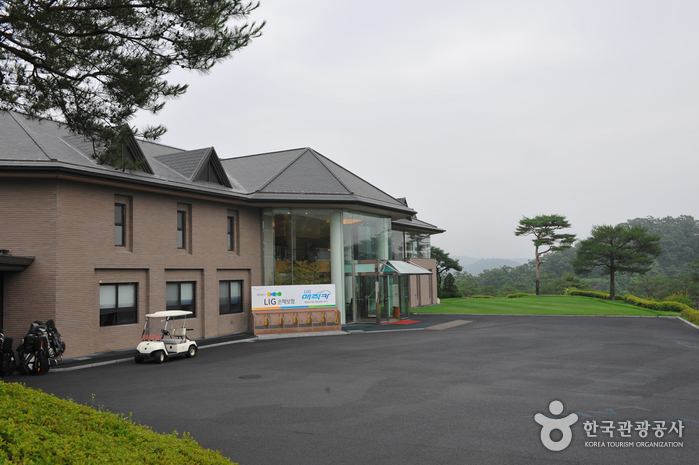
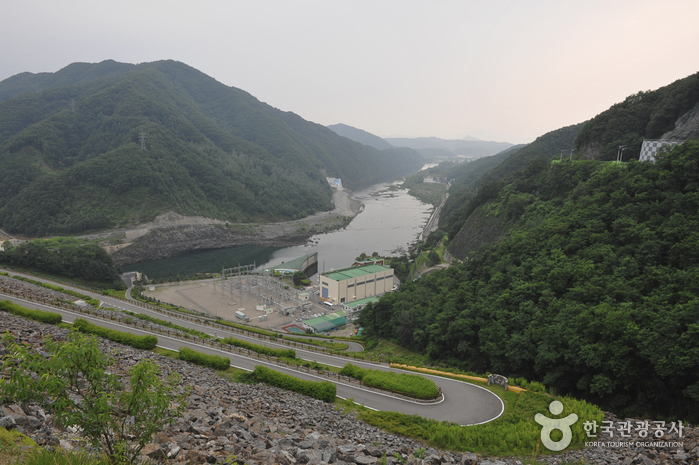
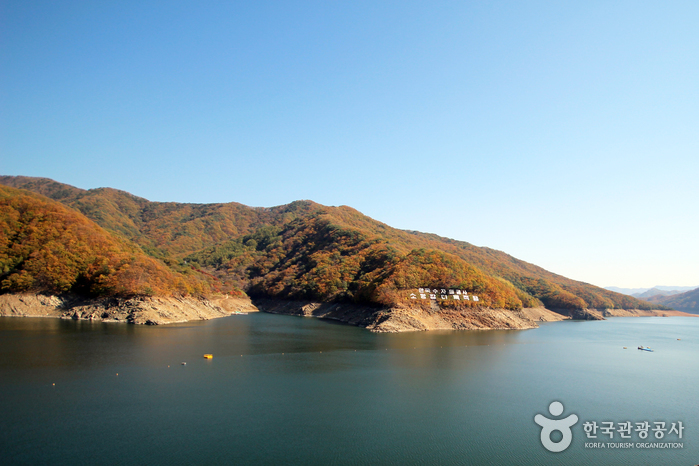
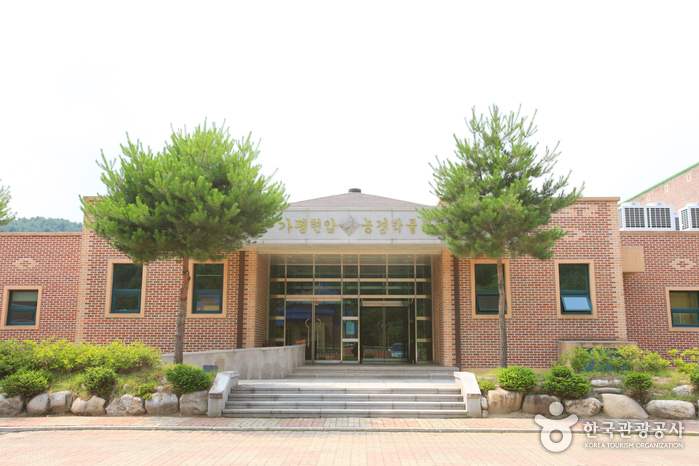
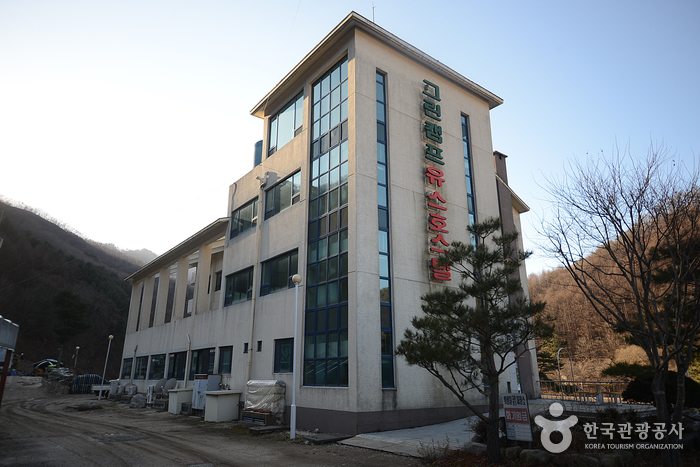
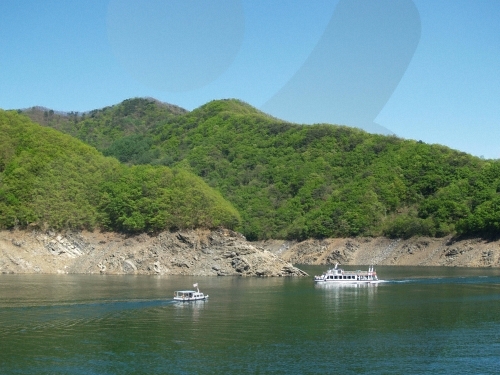
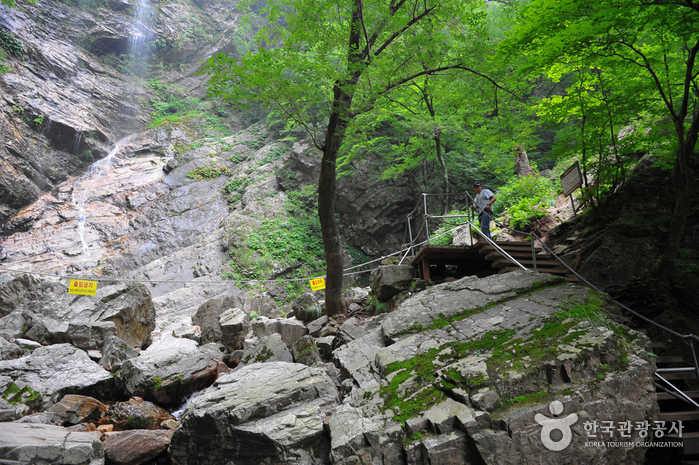

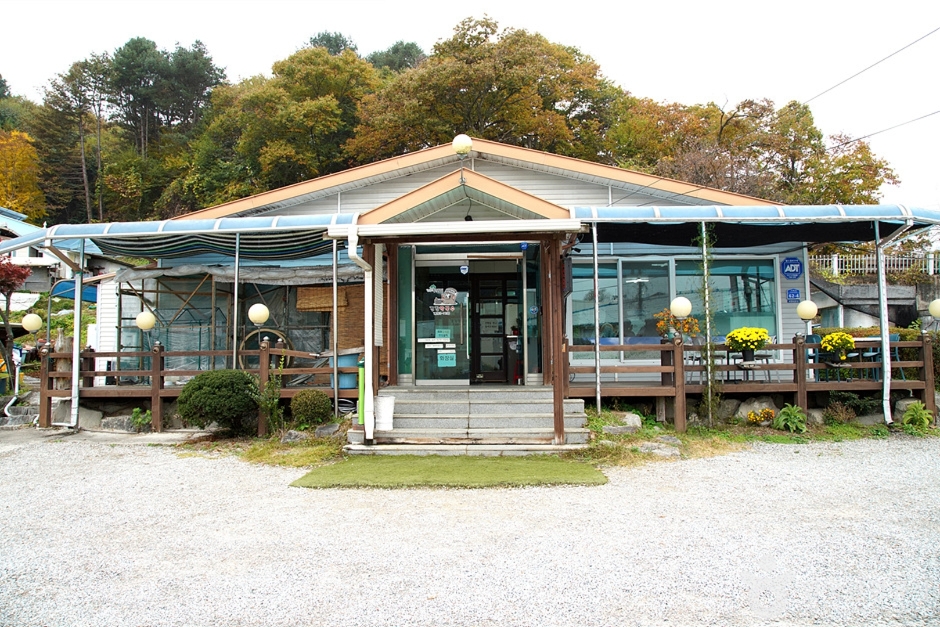
 English
English
 한국어
한국어 日本語
日本語 中文(简体)
中文(简体) Deutsch
Deutsch Français
Français Español
Español Русский
Русский